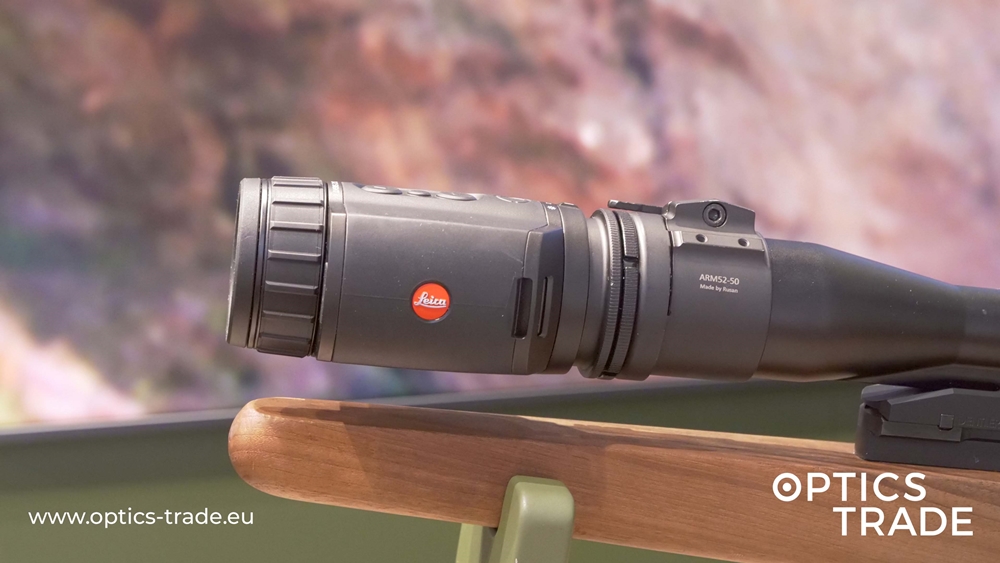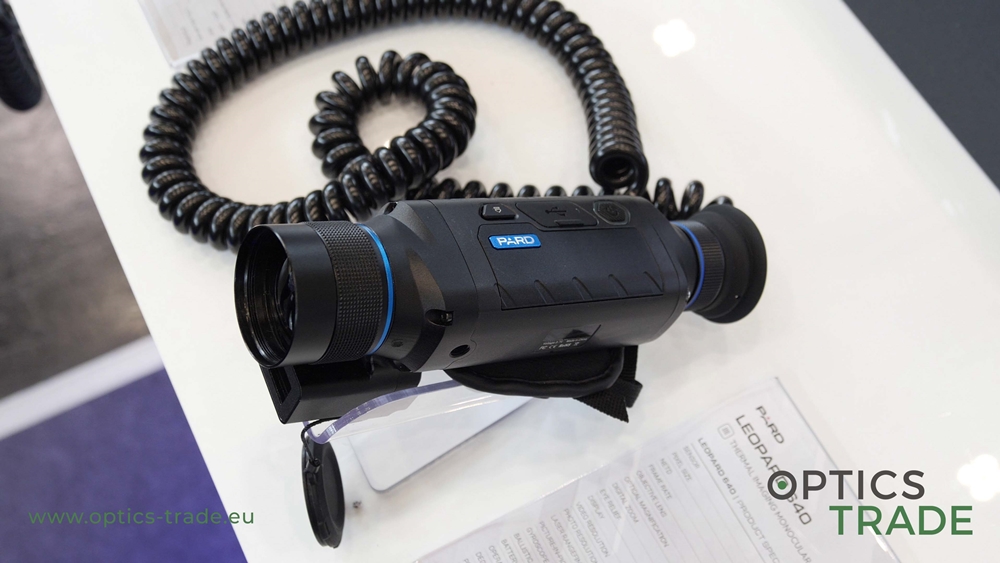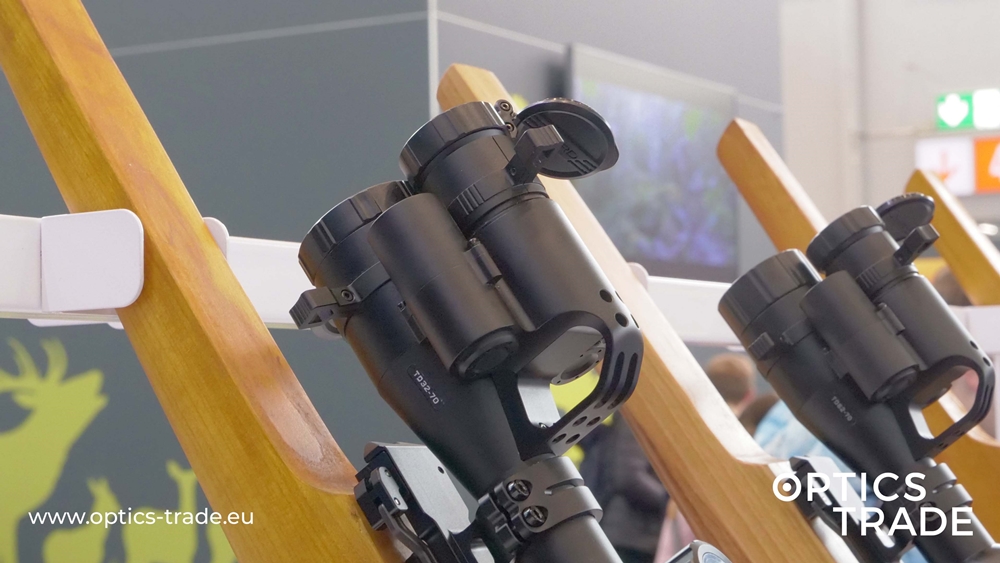Welcome to Optics Trade debates. In each episode, we talk about a different topic and try to answer the most common questions we receive about it. Today, we are going to talk about refresh rate in digital thermal imaging and night vision devices.
The refresh rate is measured in Hertz. It represents the number of images that are displayed in a second. If the refresh rate is higher than 30 Hz, the brain perceives the change in the images as movement. Everything below 30 Hz looks unnatural and the gaps are clearly visible.
Most digital NV devices have a 50 Hz refresh rate, some even higher. Thermal imaging devices generally have a lower refresh rate than the NV devices. Only new and premium TI devices have a 50 Hz refresh rate. The older and cheaper models have a 9 Hz or 30 Hz refresh rate. It’s really hard to observe moving animals with such a low refresh rate.
Some countries have export regulations which limit or prohibit the export of thermal devices that have a refresh rate higher than 9 Hz. It differs from country to country but most exports of TI devices are highly regulated.
Most TI devices that are made and sold in the EU have a 50 Hz refresh rate, but most imported devices from the USA have a refresh rate of 9 Hz, and 15 Hz or 30 Hz, 50 Hz TI devices from the USA are really rare in the EU.
The general rule regarding the refresh rate is that the bigger the better.
We would like to thank you for your time. In case we did not answer all the questions regarding this topic, please leave a comment below or send an e-mail to us. If you found this video useful, please subscribe to our channel.
Explanation of the term on our website:
The refresh rate is measured with Herz or Hz, which is named after the German physicist Heinrich Hertz. Hz is a unit of frequency, which tells you the number of how many times per second one period of an image is cycled. For example, if the refresh rate of a thermal imaging device is 50 Hz means that in one second the cycle repeats 50 times or in other words 50 Hz is 50 frames per second (50 fps). The higher the refresh rate the more frames will appear on display each second, the smoother the rendering and less blurry will the image appear. A standard image refresh rate is 30 Hz or 30 frames per second but turns out to be less efficient when you or the target is moving fast. 50 Hz provides a much smoother image in movement. The lower the frequency of the image, the lower the cost. But devices with 9 Hz refresh rate are not recommended if the inspections are constantly moving objects at a long distance. 50 Hz devices are preferred because they provide a real-time image with no delay.
Products mentioned:
Thermal imaging devices: https://www.optics-trade.eu/en/thermal-imaging.html
Night vision devices: https://www.optics-trade.eu/en/night-vision-optics.html




